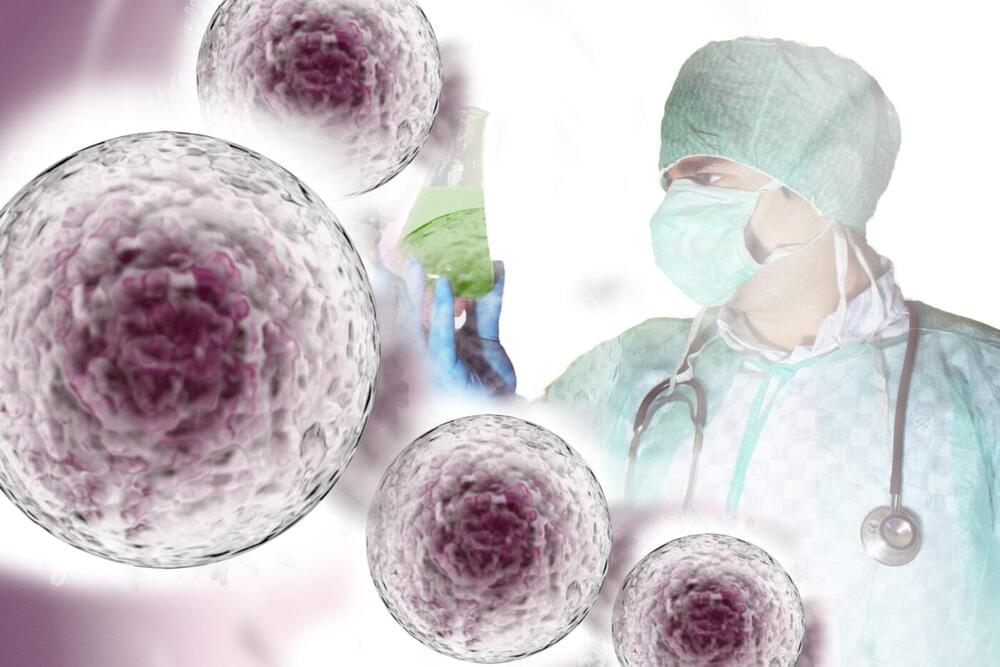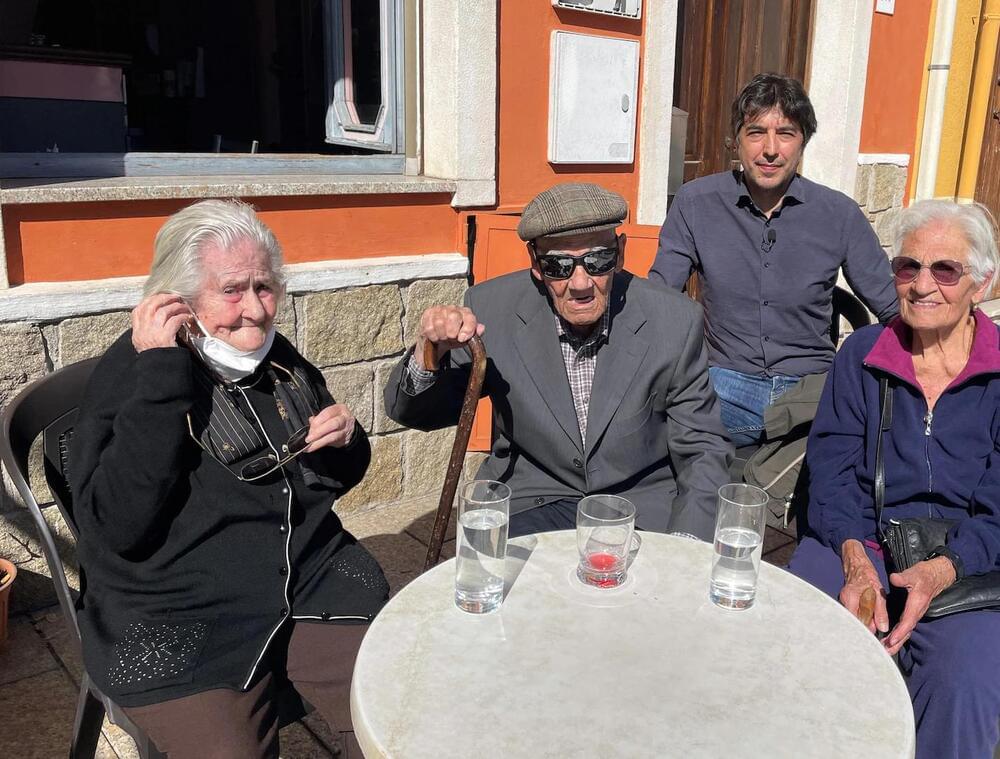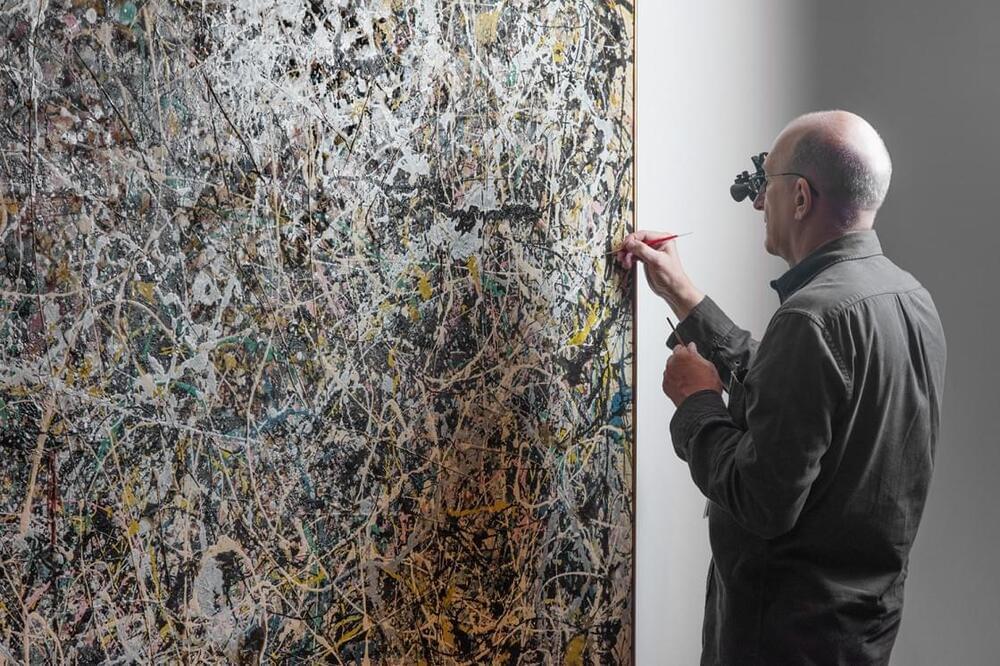He says here that we will not live to 150 without merging with technology. Since rejuvenation already exists for worms, mice, and rats I see no reason why a person could not make it that long and longer.
In this video Sergey talks about his ideas for when we will reach Longevity Escape Velocity, his vision for the longer term and the implications for society as people live longer.
Sergey Young is a longevity investor and visionary on a mission to help one billion people extend their lifespans and live longer, healthier lives. To do that, Sergey founded Longevity Vision Fund to accelerate breakthroughs in life extension technology and to make longevity affordable and accessible to all.
Sergey is on the Board of Directors for the American Federation of Aging Research (AFAR) and is the Development Sponsor for AGE REVERSAL XPRIZE’s global competition designed to cure aging.
Sergey Young has been featured as a top longevity expert and contributor on CNN, BBC, Fox News, and Forbes. As the author of books such as ‘The Science and Technology of Growing Young’ and the mastermind behind the online life extension platform SergeyYoung.com, Sergey is passionate about sharing news from the exciting world of longevity.




